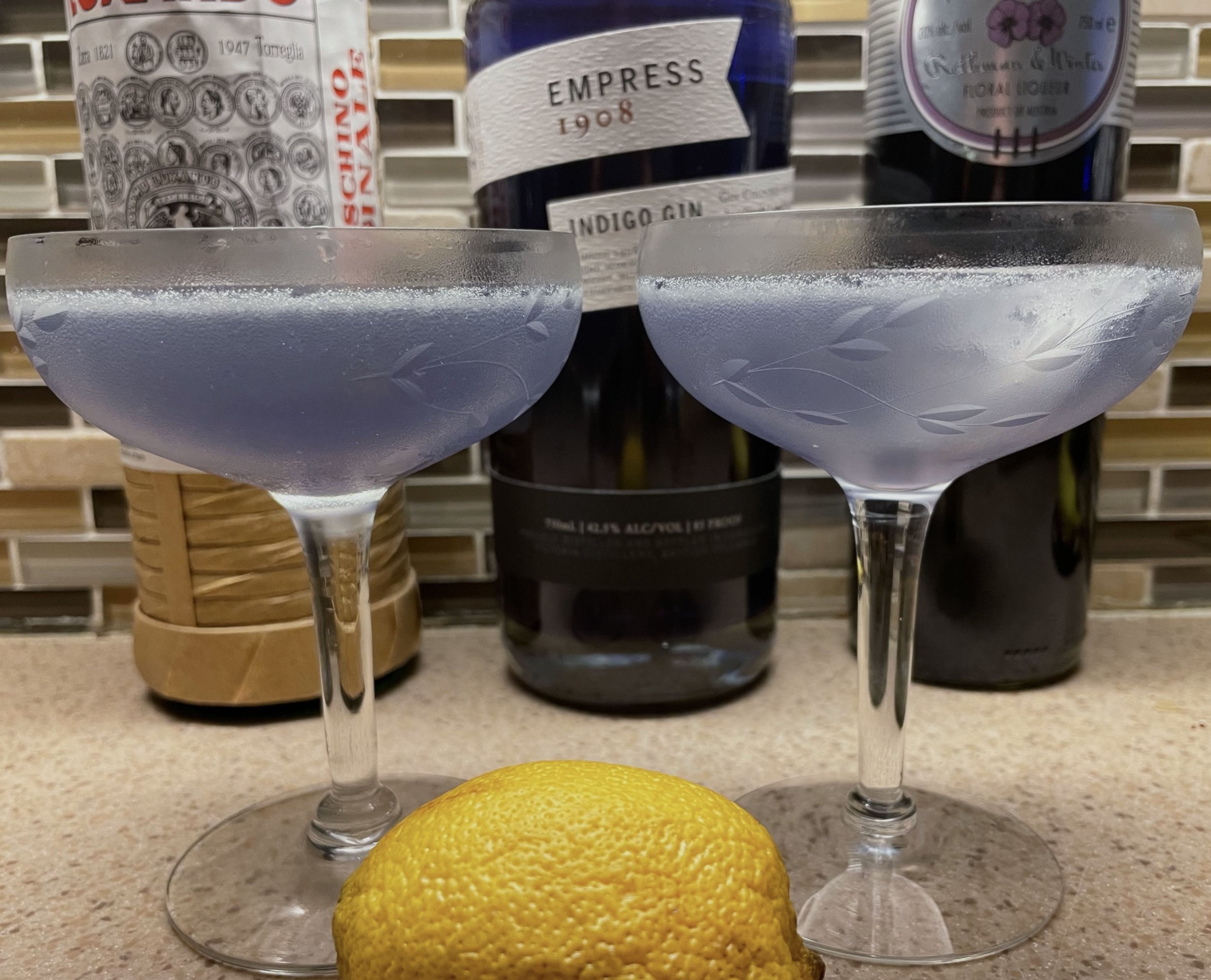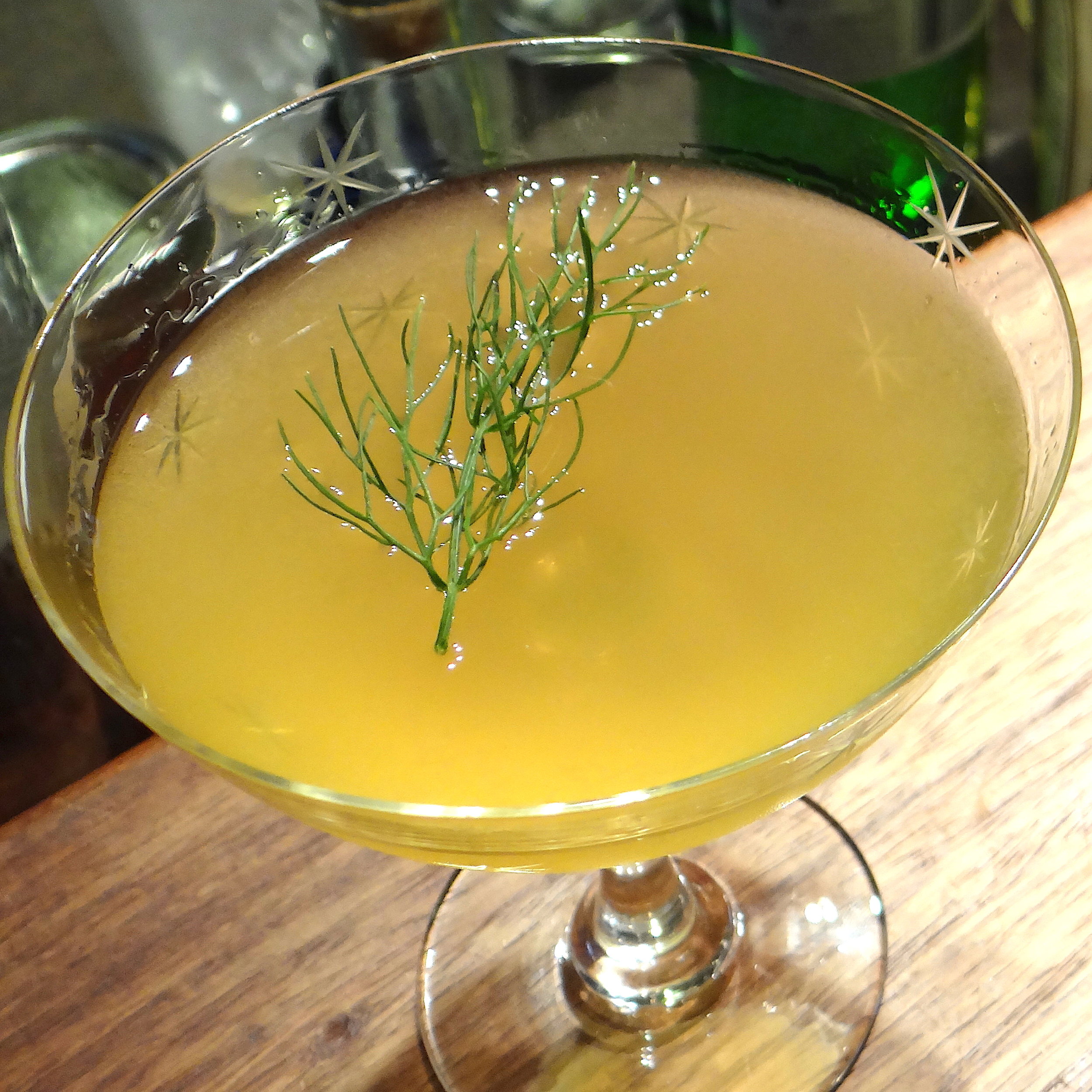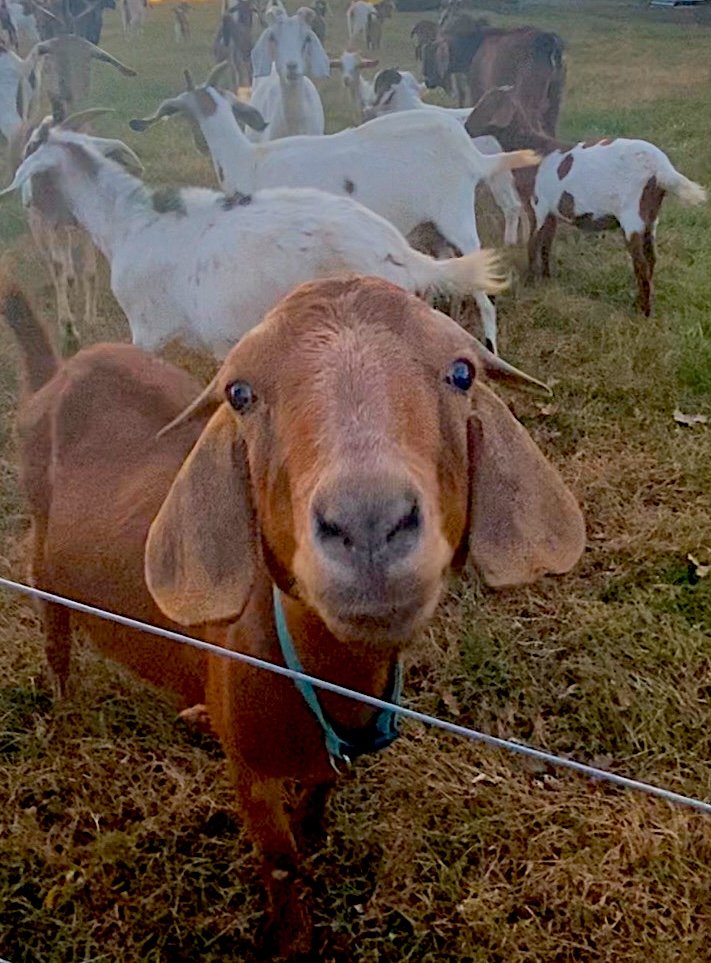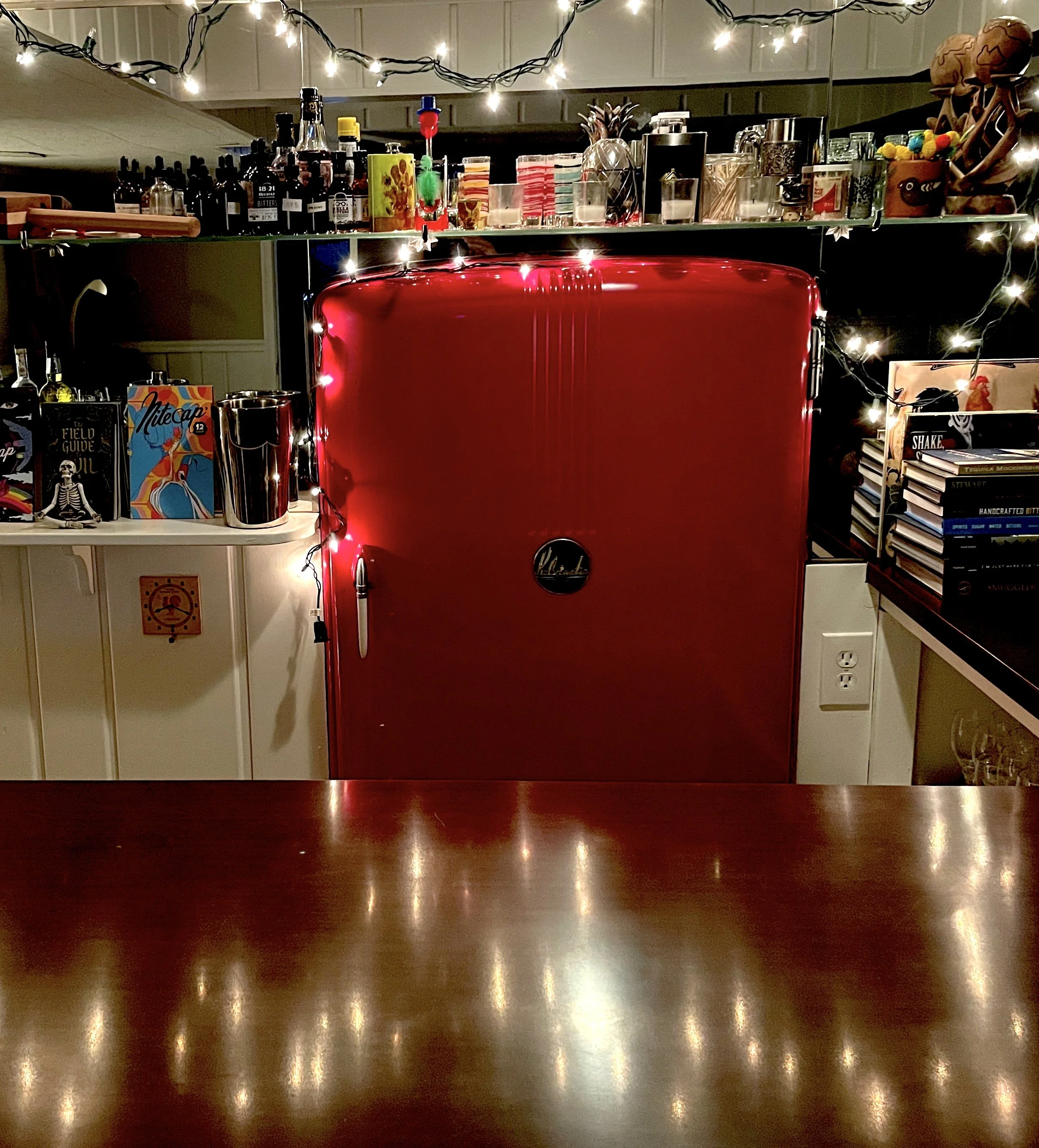Colorful Cocktails

Evidence suggests that, when it comes to cocktails, I am an aesthete.
I’ve always considered myself more of a nerd, both personally and professionally (after all, I am a scientist). Researching the history of a cocktail, learning about the ingredients that go into a drink, understanding how a favorite liquor is produced – those aspects of mixology come naturally. My approach to creating a new cocktail is equally methodical: gather the ingredients, measure each amount precisely, taste, adjust the amounts (again measuring), and document the process on an index card once I’m satisfied with the result. I have a catalog of recipes and a library of cocktail books to draw upon when I need inspiration or guidance. The analytical side of my brain is fully engaged.
However, as my cousin K astutely noted, I relish the artistry that goes into a finely crafted cocktail. The bar tools that I use to prepare the drink spark joy. I’ve amassed a collection of antique glassware and tiki mugs so I can serve the beverage in an appropriate vessel. The choice of ice – be it clear, large cube, or pebble form – is carefully considered. Garnishes are not optional: they contribute visual appeal as much as aroma and flavor. I recognize that I could mix a perfectly acceptable drink using everyday kitchenware and ice from the tray, but why not make the effort to create something special?
Obviously, the visual esthetics of a cocktail are limited by the choice of ingredients, and flavor is the ultimate criterion by which a drink is measured. Yet, even with that constraint, liqueurs and fruit juices can provide a palette of colors that appeal to the eyeballs as much as the tastebuds. Clear boozes offer a blank canvas, while the brown ones – like whiskeys or aged rums – are more challenging (although I find the amber swirl of a good rye at the bottom of a rocks glass quite lovely!). Occasionally, the base spirit contributes color: Empress gin is a vivid indigo, courtesy of butterfly pea blossoms included in its distillation. While this gin would not be my first choice for a martini (the olives would clash with its lavender hue), it definitely adds a wow factor to the typically pallid Aviation cocktail. I encourage you to try it.
h.
Aviation
2 oz. Empress 1908 Indigo Gin
¾ oz. lemon juice
½ oz. Luxardo Maraschino liqueur
¼ oz. Rothman & Winter Crème de Violette
cocktail shaker, Hawthorne strainer, coupe glass
Steps
combine all ingredients in shaker
half-fill with ice and shake until well chilled
strain into chilled coupe glass




